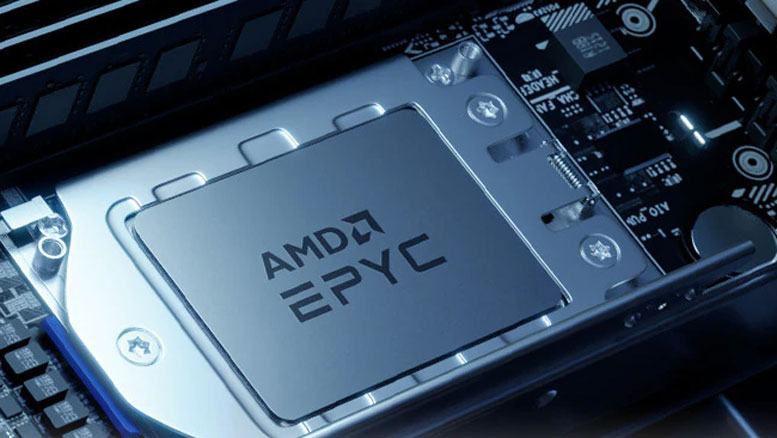
The next generation of data center platforms from AMD, Intel, and Nvidia will consume 500W – 1000W of power, a slide from a Gigabyte roadmap published by renowned hardware leaker HXL indicates. Cooling these CPUs and GPUs down will require some serious effort, come 2024 – 2025.
Modern datacenter CPUs and GPUs already consume hundreds of Watts of power, which makes their cooling a real challenge for server makers and operators of data centers. But there is an inherent need for performance in artificial intelligence (AI) and high-performance computing (HPC) spaces, which is why developers of processors are set to offer even higher-performance chips with even higher power consumption in the coming years, according to the slide.
Next generations of general-purpose processors from Intel and AMD due in 2024 – 2025 will consume 500W – 600W of power, envisions Gigabyte. Keeping in mind that AMD's socket SP5 is designed to deliver up to 700W of power to CPUs, Gigabyte's prediction may even seem a bit conservative.
When it comes to datacenter GPUs, Nvidia's SXM5 GPUs with around 700W power consumption from one module should remain the most power-hungry units for a while. Meanwhile, there is no word about the power requirements of AMD's Instinct MI300.
Meanwhile, compute GPUs in a PCIe card form-factor will increase their consumption to 400W – 500W, the slide indicates. Interestingly, AMD itself foresees GPUs that consume around 700W, so Gigabyte's prediction is in line with AMD's own expectations.
Perhaps the most intriguing part of the alleged Gigabyte slide is the power consumption of Nvidia's Grace Hopper Superchip, which will vary from 600W to 1000W.
We can only wonder how server makers will cool processors that consume so much power alongside high-power parallel compute devices as well. But liquid cooling and perhaps liquid immersion cooling are certainly options that will need to be considered.
While the information in the slide looks reasonable, keep in mind that the slide itself comes from an unofficial source. Its authenticity has not been confirmed, so take the information with a grain of salt.







